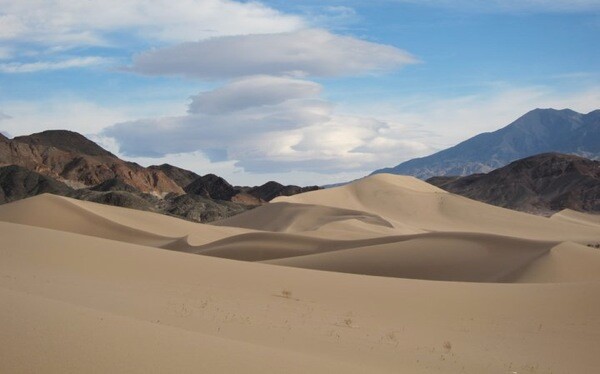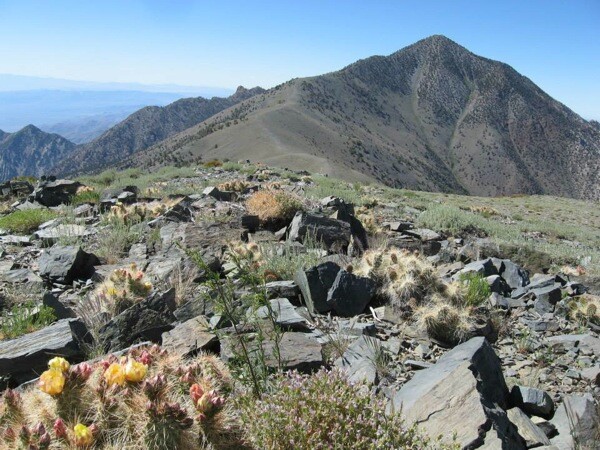Did Death Valley Break a Heat Record? It's a Complicated Answer

There were many meteorological eyes trained on Death Valley National Park this past weekend. One hundred years ago on July 10, a spot in the valley reached 134 degrees, which is the planet's hottest-ever recorded temperature. And with this heat wave, many were curious -- hoping, maybe -- if that record would be broken.
It didn't happen, reaching a preliminary high of 129 on Sunday afternoon. That's not to say it couldn't be an achievement: If that tentative temperature reading pans out (it can take a few months for it to be certified) then it ties an all-time U.S. record for heat in June, according to the Associated Press. On June 23, 1902, it reached the same temperature in Volcano, CA, a former town near the Salton Sea, some 300 miles to the south. It would also be a national record for the date of June 30.

"In the case of records," explains Dan Berc, a meteorologist at Las Vegas' National Weather Service office, "there's a further process [of certification]: A panel of experts will have to vet the record to make sure it's a legitimate observation and qualifies as the record." Whatever the outcome, however, that's nothing to sneeze at: "129 is not reached very often; in fact, 130 hasn't been reached since 1913." (It reached 130 and higher three times, once the record of 134 a century ago and twice that same week)
If 129 degrees is certified, noted Berc, it will be the seventh time such a temperature has been recorded in Death Valley, the last time being in July 2007.
A ranger fries an egg in the sun on Saturday, June 29, 2012.And think about this: the temperature reading station is located in Furnace Creek at 190 feet below sea level. Head about 17 miles south to Badwater Basin, the lowest point on the continent, and you're close to another 100 feet down. If there was a weather station there, we might be talking about even higher records.
Next week Wednesday on the 100th anniversary of the world record, the National Park Service and National Weather Service will celebrate with an event (info and schedule here) made up of discussions and a temperature reading with the public.

But whether you visit next week or not, Park Superintendent Kathy Billings wants to let people know Death Valley is about more than heat. "It is a record holder on many fronts as the largest national park and wilderness outside of Alaska, and the lowest elevation and driest climate in North America," she said. "It offers some of the most unique landscapes in the National Park System and is home to thousands of plant and animal species who have adapted to this harsh environment."
I couldn't agree more. Just a few days ago, park staff took photos of the wildflowers on the trail leading to Telescope Peak, Death Valley's highest point at 11,043 feet. "It's springtime," a ranger exclaimed on Facebook. (The nearest campground up there made our best desert summer camping list). And next week Monday, it's a new moon. Did you know Death Valley is one of the few official dark sky parks?
But no matter when you visit, remember to take care of yourself. After all, it can get hot out there.
Tips:
- How to Stay Heat-Safe in the Desert Backcountry
- Heat Cramps, Exhaustion, and Stroke: Treating Heat-Related Illnesses When Outdoors
Like SoCal Wanderer on Facebook and follow @SoCal_Wanderer on Twitter.